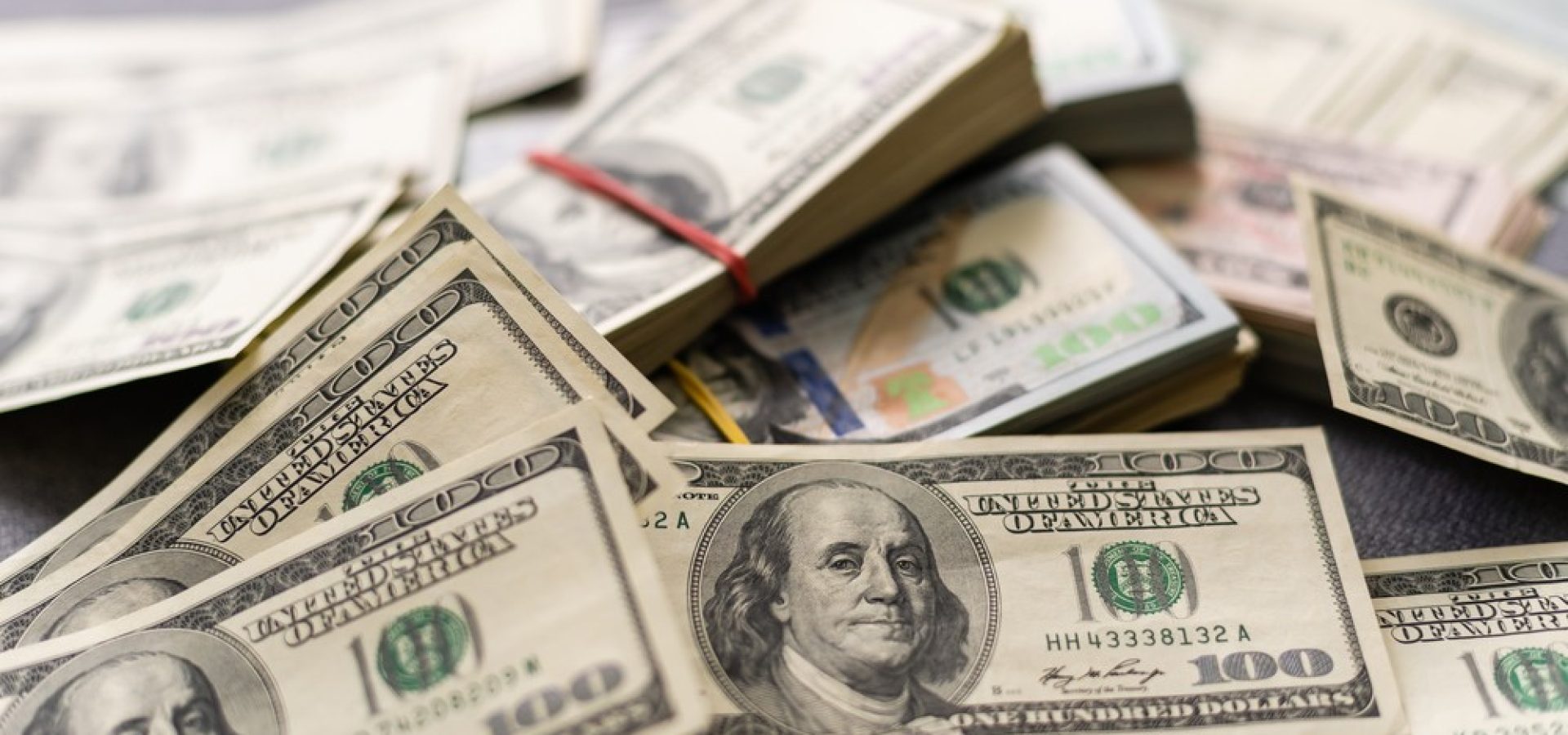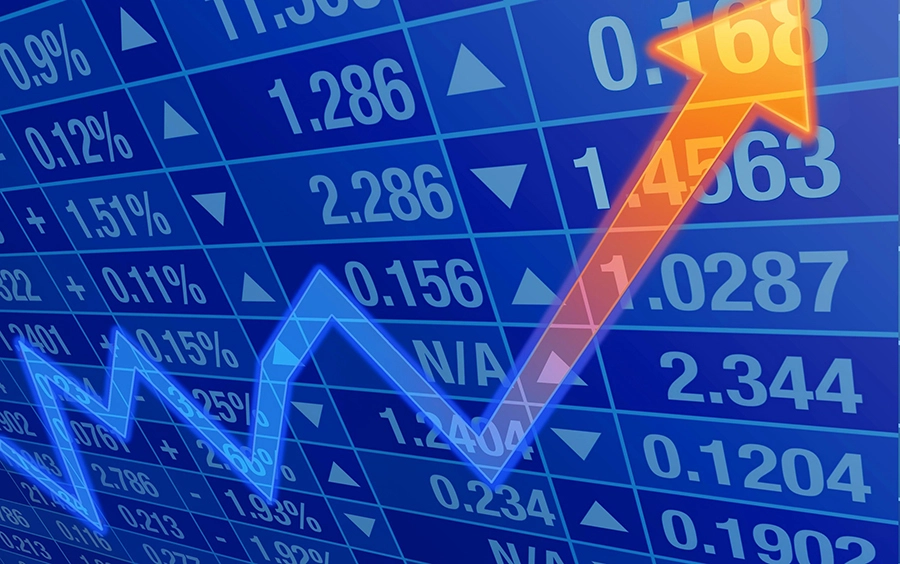On Monday, the pound and Japanese yen dipped from multi-month highs against the dollar as traders, investors, and analysts speculated on whether the greenback’s recent bout of weakness was coming to an end.
The dollar rose 0.7% against the yen to 135.217, bouncing from Friday’s three-and-a-half month low of 133.62, while sterling fell 0.5% to $1.2233 in European hours after hitting a more than the five-month high of $1.23451 in Asian trade Monday.
The euro remained close to $1.0585, its highest level since June 28.
Trading has become choppy in recent weeks as the dollar fell from multi-decade highs it reached earlier this year against most peers, boosted by an aggressive sequence of Federal Reserve interest rate hikes, as investors began to hope the Fed’s December meeting would signal the start of a slower pace of hikes.
The dollar index, which measures the greenback’s performance against six other currencies, fell 1.412% last week and 5,23% in November, its worst month since 2010.
The ‘pivot’ Narrative Has Run Its Course
In November, employers hired more people than anticipated and increased wages, potentially giving the Fed more room to increase interest rates.
The overall position of the dollar against the G10 has changed to neutral and has dropped to its lowest point since August 2021.
The other major factor influencing markets on Monday was China, where several cities have relaxed COVID restrictions. The government’s unyielding “dynamic zero-COVID” strategy has recently been the target of unprecedented protests, resulting in a change in the official line of communication regarding the virus’s danger. China is about to announce a nationwide relaxation of testing requirements and will permit positive cases and close contacts to isolate at home under specific circumstances.
Other major currencies followed suit, with the China-sensitive Australian dollar rising a tad to $0.6806 and the dollar falling 0.25% against the Swiss franc to 0.9346, just above Friday’s near the eight-month low of 0.9326.









COMMENTS